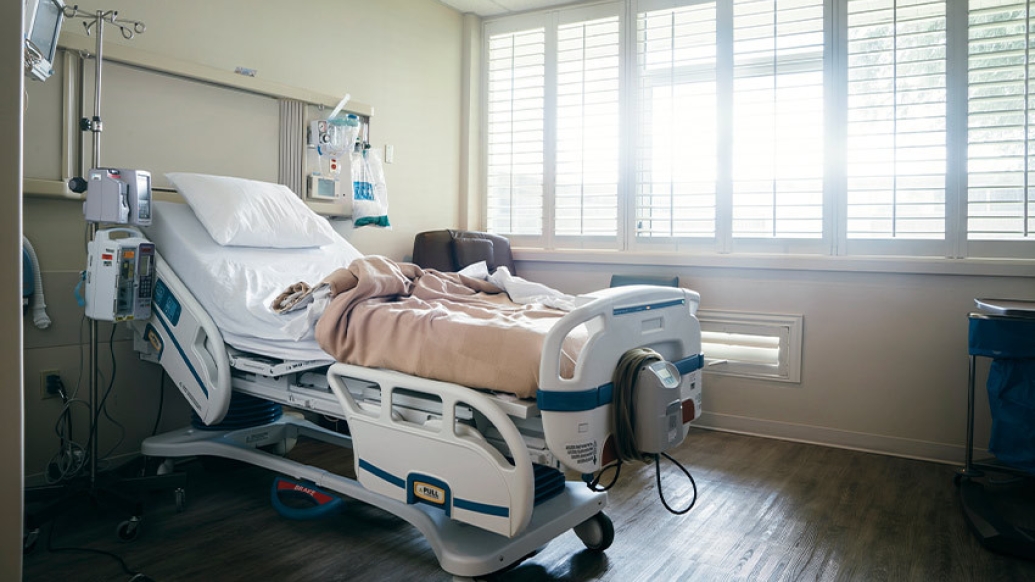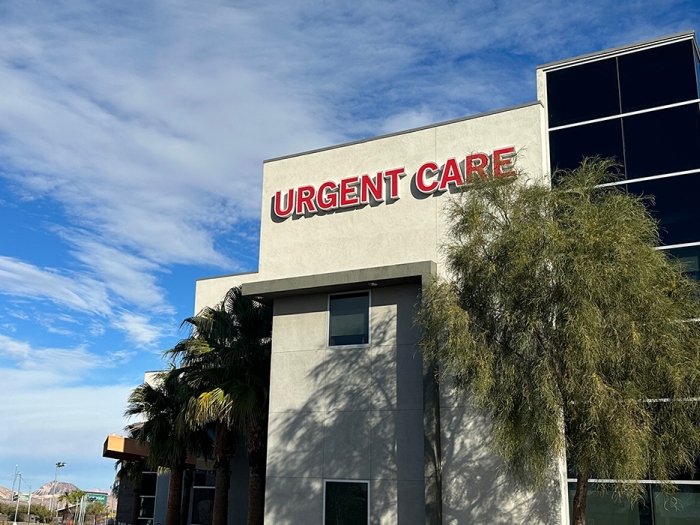Factors such as the number of patients per room and the distance to a nurse’s station could influence outcomes after high risk operations.
1:33 PM
Authors |

Certain hospital room features may influence outcomes after undergoing high-risk operations, according to University of Michigan-led research presented at the American College of Surgeons Clinical Congress.
Death rates for patients who'd undergone one of 13 high-risk operations at U-M Health varied across room design features and room type, but single-room occupancy and having a direct line of sight where providers could see into the room were associated with higher survival rates.
"This investigation provided evidence that patients had differential outcomes across room design features when accounting for clinical risk and warrants further investigation for how hospital design may be influencing outcomes," said study coauthor Mitchell J. Mead, a health and design scholar at the University of Michigan.
Prior research had found that severely ill patients who are assigned to ICU rooms that are not well visualized by the medical staff may experience worse outcomes.
Like Podcasts? Add the Michigan Medicine News Break on Spotify, Apple Podcasts or anywhere you listen to podcasts.
The U-M researchers sought to understand the impact of hospital room design on death rate and length of stay after an operation.
"We were fascinated to see from a previous study that mortality was different in rooms that were in the line of sight of a nurse's station. Nurses could more readily assess the patient's condition and intervene more quickly in severe events. We wanted to see how this finding would play out at our institution, specifically in a surgical population," Mead said. "One of the next big steps for health care design is to understand these pathways of causation that can lead to different clinical outcomes in patients staying in hospital rooms with different features."
The analysis for this study involved 3,964 patients who underwent a high-risk surgical procedure — such as a colectomy, a pancreatectomy or a kidney transplant — between 2016 and 2019. The patients were admitted to rooms on two floors at U-M Health.
Patient rooms were coded based on their features —single or double occupancy, distance to the nursing station and line of sight to clinicians. Patient encounters were linked by room number to identify clinical outcomes, including mortality and length of stay, related to room design.
I think we can design safer, healthier hospitals and hopefully get a much better return on what we build.Andrew Mounir Ibrahim, M.D.
When the authors looked at different rooms based on the favorable design features, it became clear that the sicker patients were more likely to get single rooms, closer to a nursing station and within direct line of sight, added study coauthor Andrew M. Ibrahim, M.D., M.Sc, assistant professor of surgery, architecture and urban planning at the University of Michigan and co-director of the U-M Center for Healthcare Outcomes and Policy.
Ibrahim noted that this study is just one example illustrating the often-overlooked relationship between hospital design and patient care and investing in research to figure out what design features work best may be one key factor in improving patient outcomes.
Future studies should investigate these outcomes at multiple hospitals to find out if the results are generalizable, Mead and Ibrahim suggested. They hope to recruit collaborators from other hospital systems for their subsequent research, which will ideally expand to include other metrics like use of pain medication and patient satisfaction across room types.
"Investing in research to figure out what design features work best may be a key factor in improving patient outcomes," Ibrahim said. "I think we can design safer, healthier hospitals and hopefully get a much better return on what we build."
This study was funded by the Michigan Medicine Department of Surgery.
Paper cited: "Evaluating Mortality and Hospital Room Design after High-Risk Inpatient Surgery," Scientific Forum, American College of Surgeons Clinical Congress 2022.
A version of this story was published on the American College of Surgeons' website.
Live your healthiest life: Get tips from top experts weekly. Subscribe to the Michigan Health blog newsletter
Headlines from the frontlines: The power of scientific discovery harnessed and delivered to your inbox every week. Subscribe to the Michigan Health Lab blog newsletter

Explore a variety of healthcare news & stories by visiting the Health Lab home page for more articles.

Department of Communication at Michigan Medicine
Want top health & research news weekly? Sign up for Health Lab’s newsletters today!





